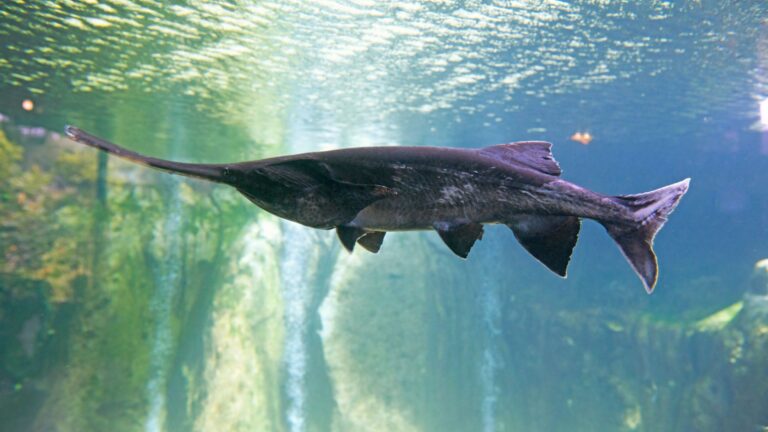13 Key Differences Between Sharks And Other Predatory Fish

Sharks stand out in the underwater world as some of the most misunderstood creatures. While they’re often lumped together with other meat-eating fish, sharks have unique features that set them apart.
From their skeleton makeup to how they breathe, these differences help sharks be top hunters in oceans worldwide. Let’s explore what makes sharks different from their fish cousins!
1. Cartilage Instead Of Bones
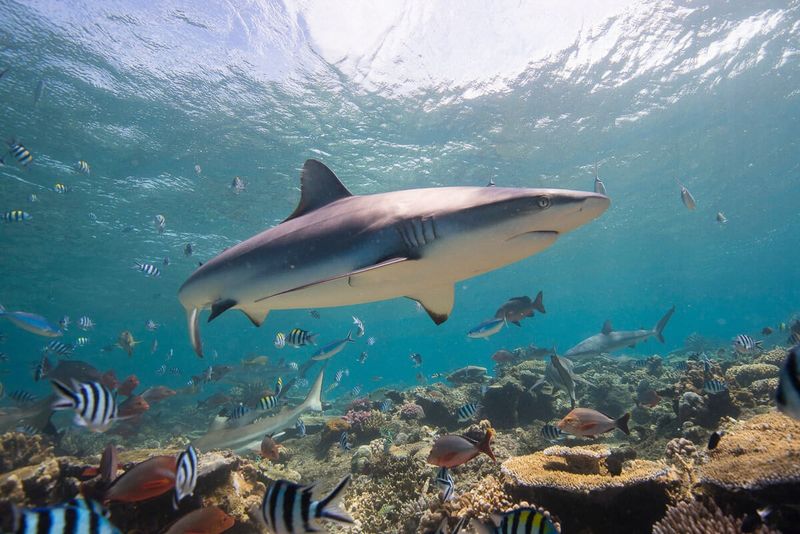
Sharks don’t have bones like most fish do! Their skeletons are made entirely of cartilage – the same flexible stuff that makes up your ears and nose. This lightweight material helps sharks swim faster and stay buoyant without a swim bladder.
The cartilage structure gives sharks incredible flexibility when hunting. They can twist and turn with lightning speed to catch prey that might otherwise escape.
While bony fish fossilize easily, shark skeletons rarely become fossils because cartilage breaks down quickly. That’s why complete shark fossils are super rare and valuable to scientists!
2. Constant Tooth Replacement
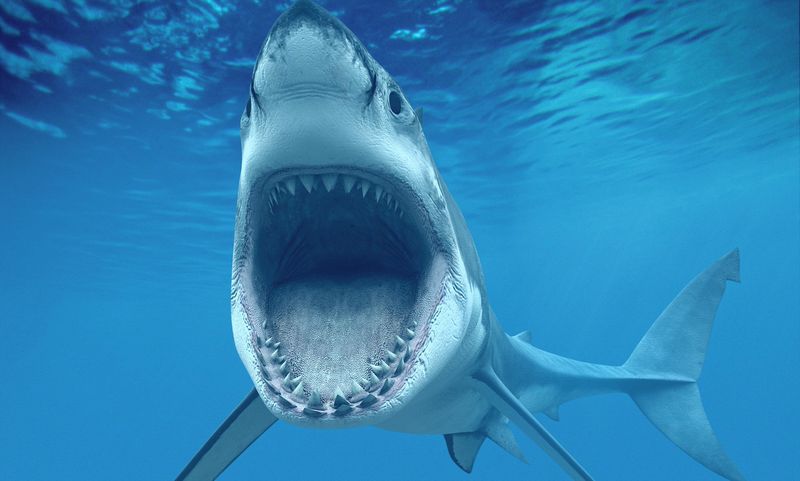
Sharks are the dental champions of the sea! While most predatory fish have a fixed set of teeth, sharks can lose and replace thousands of teeth throughout their lifetime. Some species might go through 30,000 teeth or more!
Their teeth are arranged in rows, with new ones constantly developing in the back. When a front tooth breaks or falls out during feeding, another simply rotates forward to take its place – like a conveyor belt of teeth.
This non-stop replacement system ensures sharks always have sharp teeth for hunting, giving them a major advantage over other predators.
3. Unique Skin Texture

Run your hand along a shark’s skin from tail to head, and you’ll get a nasty surprise! Unlike the smooth scales of other fish, shark skin feels like sandpaper. Their skin is covered with tiny tooth-like structures called dermal denticles.
These microscopic “skin teeth” reduce drag when swimming and protect sharks from parasites and injuries. Olympic swimmers even tried copying this design with special swimsuits (which were later banned for being too effective!).
Many indigenous cultures used shark skin as sandpaper for woodworking long before modern sandpaper was invented.
4. Electroreception Abilities
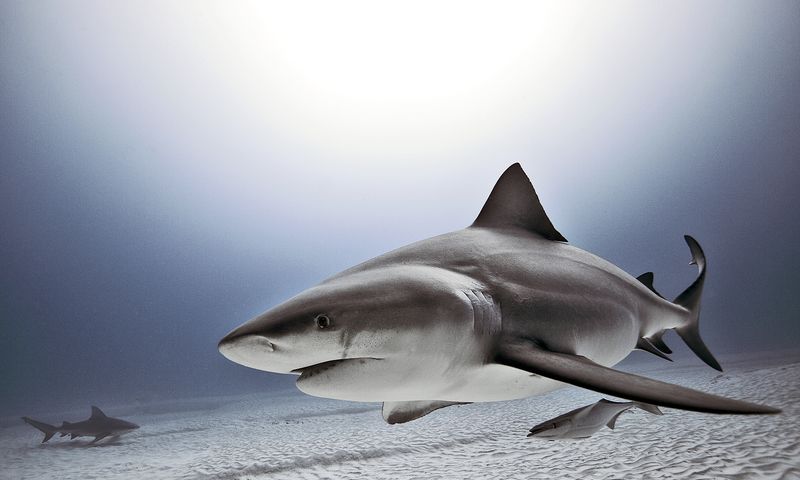
Sharks have a sixth sense that seems like a superpower! Special organs called ampullae of Lorenzini allow them to detect tiny electrical fields produced by all living creatures. These jelly-filled pores appear as dark spots on their snouts.
This amazing ability helps sharks find prey hiding under sand or in murky water where visibility is poor. They can sense a fish’s heartbeat from several feet away!
Most other predatory fish lack this electrical detection system. It’s like sharks have built-in metal detectors that help them find food even when they can’t see or smell it clearly.
5. Breathing Without Air Pumps

Most fish actively pump water through their gills to breathe. Sharks? They’re different! Many shark species must keep swimming constantly to push water over their gills – a method called ram ventilation.
If these sharks stop moving, they risk suffocation. It’s like they’re always on a treadmill just to breathe! Some shark species can rest on the ocean floor because they’ve evolved specialized muscles to pump water manually.
This breathing difference explains why you’ll rarely see certain sharks staying still in aquariums. They’re not just restless – their very survival depends on that constant forward motion!
6. Reproductive Strategies
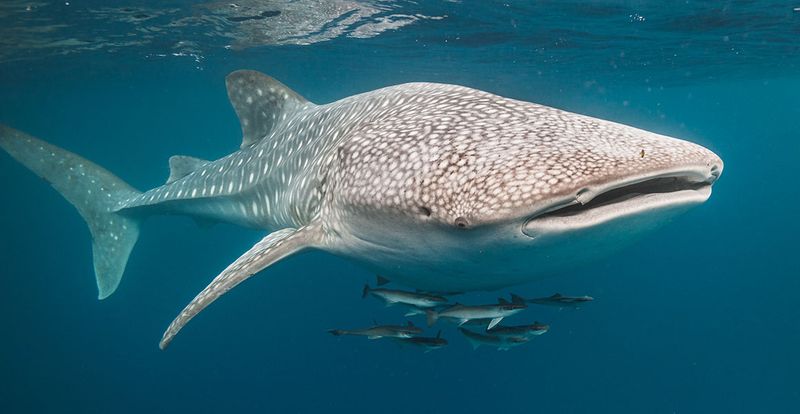
The family planning department is where sharks really stand out! While most fish simply release eggs and sperm into the water, many sharks have internal fertilization. Some species give birth to live young after carrying them for up to two years – one of the longest pregnancies in the animal kingdom!
Other sharks lay leathery egg cases nicknamed “mermaid’s purses” that wash up on beaches. Some embryos even practice cannibalism inside the mother, with stronger pups eating their siblings before birth!
These varied and complex reproductive methods are far more advanced than the simple spawning seen in most predatory fish.
7. Buoyancy Control System

How do fish stay afloat? Most use a gas-filled swim bladder that works like a balloon inside their body. Sharks don’t have this! Instead, they rely on their large, oil-filled livers to provide some buoyancy.
This oily liver can make up to 30% of a shark’s body weight. Without a swim bladder, sharks must keep swimming or they’ll sink to the bottom. Their pectoral fins work like airplane wings, generating lift as they move through water.
This difference explains why sharks have that classic swimming pattern – they’re basically flying underwater using their fins and liver to stay at the right depth!
8. Ancient Evolutionary History
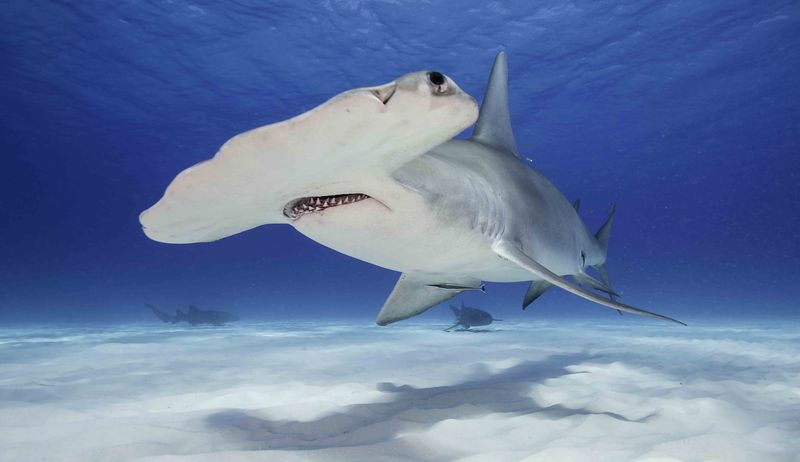
Sharks are living fossils swimming alongside much younger fish! These amazing creatures have existed for over 450 million years – surviving four mass extinctions that wiped out most other species. They were patrolling oceans before dinosaurs appeared and long after they disappeared.
Modern bony fish evolved much later, around 200 million years ago. This means sharks had already perfected their hunting techniques for hundreds of millions of years before many current fish species even existed!
Their basic design has remained surprisingly unchanged through time, proving that sharks hit upon a winning formula early in their evolution.
9. Jaw Structure And Power

A shark’s bite is legendary for good reason! Unlike other fish, sharks have upper jaws that aren’t fused to their skulls. This special connection allows their jaws to extend forward when attacking prey – creating an even more powerful bite.
Some large sharks can exert over 4,000 pounds of pressure per square inch when they chomp down. That’s strong enough to crush a turtle shell or bite through metal!
Most predatory fish have jaws firmly attached to their skulls, limiting their bite force and range of motion. The shark’s specialized jaw gives them a huge advantage when tackling tough prey that other fish simply can’t handle.
10. Lateral Line Sensitivity

Both sharks and other fish have a lateral line system – a row of pressure-sensitive cells running along their sides that detect water movement. But sharks take this sense to another level!
A shark’s lateral line is extremely sensitive, allowing them to detect prey movements from over 800 feet away. They can feel the tiny pressure changes caused by a struggling fish or even your heartbeat as you swim nearby.
This heightened sensitivity helps sharks track prey in complete darkness or murky water. When combined with their other senses, it makes sharks nearly impossible to hide from – like having underwater radar!
11. Body Temperature Regulation

Most fish are cold-blooded, taking on the temperature of the surrounding water. Several shark species break this rule! Great whites, makos, and some other sharks have developed partial warm-bloodedness called regional endothermy.
Special blood vessel arrangements called “rete mirabile” act like radiators, trapping heat generated by powerful swimming muscles. This keeps their core body temperature warmer than the surrounding water.
This rare ability gives these sharks a serious hunting advantage in cold waters. Their warm muscles work more efficiently, allowing them to swim faster and hunt prey that would normally outpace cold-blooded predators.
12. Size And Growth Patterns

Sharks grow differently than most fish. While many fish reach their adult size quickly, sharks grow slowly throughout their lives. Some species don’t reach sexual maturity until they’re 12-15 years old!
This slow growth contributes to their impressive size range. The whale shark stretches to over 40 feet long, while the smallest shark species measures just 8 inches. Most predatory bony fish fall somewhere in the middle of this range.
The slow growth rate makes sharks especially vulnerable to overfishing. Once their populations decline, they can’t bounce back quickly like faster-growing fish species.
13. Social Behaviors

Think sharks are lone hunters? Think again! Many shark species show complex social behaviors that we’re just beginning to understand. Some species form hierarchies, hunt cooperatively, or gather in groups called “shivers” during mating season.
Scientists have observed sharks recognizing individual pack members and forming preferences for certain companions. They can learn from watching other sharks solve problems!
Most predatory fish form simple schools primarily for protection, but lack the social complexity seen in sharks. This social intelligence may explain how sharks have remained such successful predators for hundreds of millions of years.



